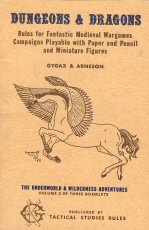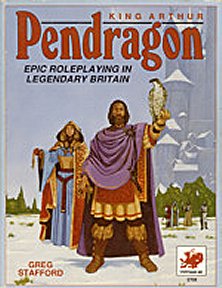First off, while castle inhabitants are likely to make PCs lives difficult if they wish to enter their walls, only hostile castle are likely to pursue the PCs into the wilderness, and only a 3 in 6 at doing that. Neutral occupants, on the other hand, have only a 1 in 6 chance of pursuit. Pretty good odds comparatively.
The chance of success for evading monsters is based on the number of PCs and retainers compared to the number of monsters encountered. Well, not quite the number of monster encountered, but the general percentage compared to the number appearing entry in the monster's stat blocks. As the number of characters increases, so does the difficulty of evasion. Likewise, larger numbers of monsters are easier to evade than smaller groups.
Woods add 25% to evasion chances and give a 10% chance of evasion even if surprised. Likewise, faster parties add 25% to their evasion chances, while slower parties subtract 25%. How that for a decent benefit of not wearing plate mail?
Unlike evasion, pursuit is done on a hex by hex basis with a relative chance based on the relative speed of the two groups:
Pursuit will take place whenever it is so indicated with regard to castle inhabitants or when a party is unable to evade monsters. A die is rolled, and the pursuit then goes in that random direction. If the monster is faster than the party involved there is a 50% chance it will catch the party. The party now moves another hex in a random direction, and a die is rolled to determine if pursuit will continue. If pursuit continues the chances for being caught by a faster monster are exactly the same, and the same procedure is repeated if the party is not caught. This procedure continues until pursuit is ended or melee occurs. Woods or swamp will reduce the chance of being caught by 25% (Underworld and Wilderness Adventures pg.20).
Overall, evasion and pursuit are rules for wilderness stealth just like surprise. Who says non-thieves in D&D can't hide or sneak of?













